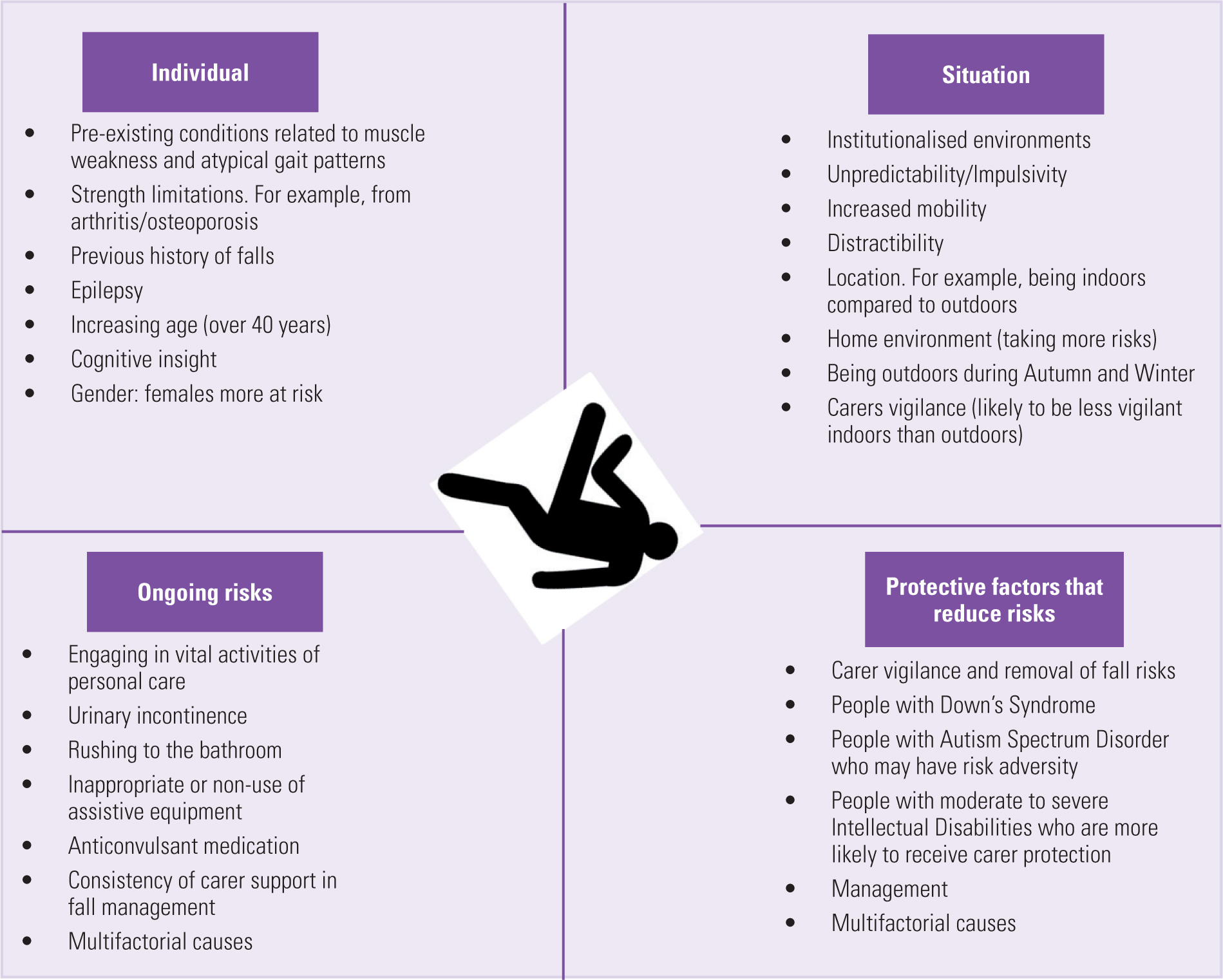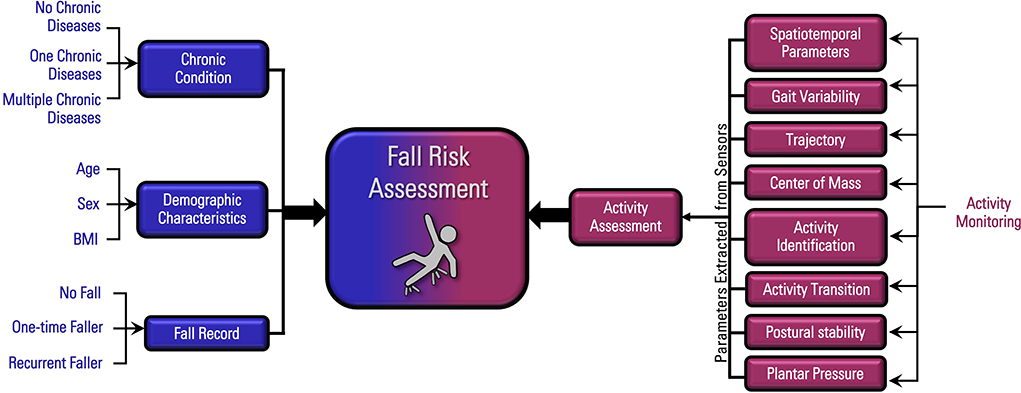What Does Dementia Fall Risk Do?
Table of ContentsFacts About Dementia Fall Risk UncoveredThe Ultimate Guide To Dementia Fall RiskEverything about Dementia Fall RiskSome Known Questions About Dementia Fall Risk.All about Dementia Fall Risk
You may be anxious due to the fact that you've had a fall prior to or because you have actually seen you're starting to really feel unsteady on your feet. You could have observed changes to your wellness, or just seem like you're reducing a little. Whatever the reason, it isn't uncommon to come to be careful and shed confidence, and this can quit you doing the points you used to do and make you really feel much more isolated.If you've had a fall or you have actually started to feel unstable, tell your physician also if you really feel fine or else. Your doctor can inspect your equilibrium and the way you walk to see if renovations can be made. They might have the ability to refer you for a drops threat assessment or to the falls avoidance solution.
This info can be gotten through meetings with the person, their caregivers, and an evaluation of their clinical documents. Begin by asking the private concerning their history of falls, consisting of the frequency and scenarios of any kind of current drops. Dementia Fall Risk. Inquire regarding any type of mobility problems they may experience, such as unsteady or trouble walking
Conduct a detailed testimonial of the person's medications, paying specific interest to those recognized to enhance the threat of drops, such as sedatives or medications that lower high blood pressure. Identify if they are taking several drugs or if there have been recent changes in their medication regimen. Evaluate the individual's home atmosphere for possible threats that can enhance the risk of falls, such as poor lighting, loosened rugs, or lack of grab bars in the washroom.
All about Dementia Fall Risk
Guide the person via the autumn risk evaluation kind, discussing each inquiry and tape-recording their feedbacks precisely. Calculate the overall danger rating based on the reactions offered in the analysis form.
Routinely keep track of the individual's progression and reassess their danger of falls as needed. Give recurring education and learning and assistance to advertise safety and reduce the risk of drops in their day-to-day living tasks.
Lots of studies have actually revealed that physical therapy can assist to lower the threat of falling in adults ages 65 and older. In a brand-new research study (that considered drops risk in women ages 80 and older), scientists computed the economic impact of choosing physical therapy to avoid drops, and they found that doing so saves $2,144, including all the surprise prices of your time, pain, missed out on life events, and the bucks spent for solutions.
The Best Guide To Dementia Fall Risk
Analyzing your balance, i thought about this toughness, and walking ability. A home security analysis. Based on the assessment results, your physical specialist will design a strategy that is customized to your details demands.
Older grownups who have trouble strolling and talking at the same time go to a higher risk of dropping. Dementia Fall Risk. To assist raise your safety throughout daily activities, your physiotherapist may create a training program that will challenge you to keep standing and strolling while you do one more job. Instances consist of walking or standing while counting backward, having a discussion, or lugging a bag of groceries
Set goals for increasing their physical task. Exercise a lot more to raise their strength and balance. investigate this site These programs usually are led by volunteer instructors.
How Dementia Fall Risk can Save You Time, Stress, and Money.

Measles, or rubeola, is a highly contagious, severe viral infectious illness brought on by the measles infection. Some people think about measles as simply a rash and high temperature that clears in a few days; nevertheless, measles can cause severe health and wellness difficulties, especially in youngsters younger than 5-years-old. The most effective protection versus measles is the measles, mumps, and rubella (MMR) injection.
Autumns are an usual cause of injury among older grownups.
Indicators on Dementia Fall Risk You Need To Know

She has a clinical background of seizure disorder and hypertension. She is obtaining an IV mixture and taking Gabapentin and Lasix. She has no background of falls, her gait is consistent, and she nullifies without issues. The previous registered nurse states that she asks for support to the washroom when she requires to go.
Examples of usual loss interventions/measures consist of: Making certain a person's necessary things are accessible. Putting Bonuses the person's bed rails up with the alarm system on. Helping a person while they're standing up from bed. Beyond recognizing how to utilize the Johns Hopkins Autumn Danger Evaluation Device, it is essential that centers integrate its use into a more extensive fall prevention strategy.